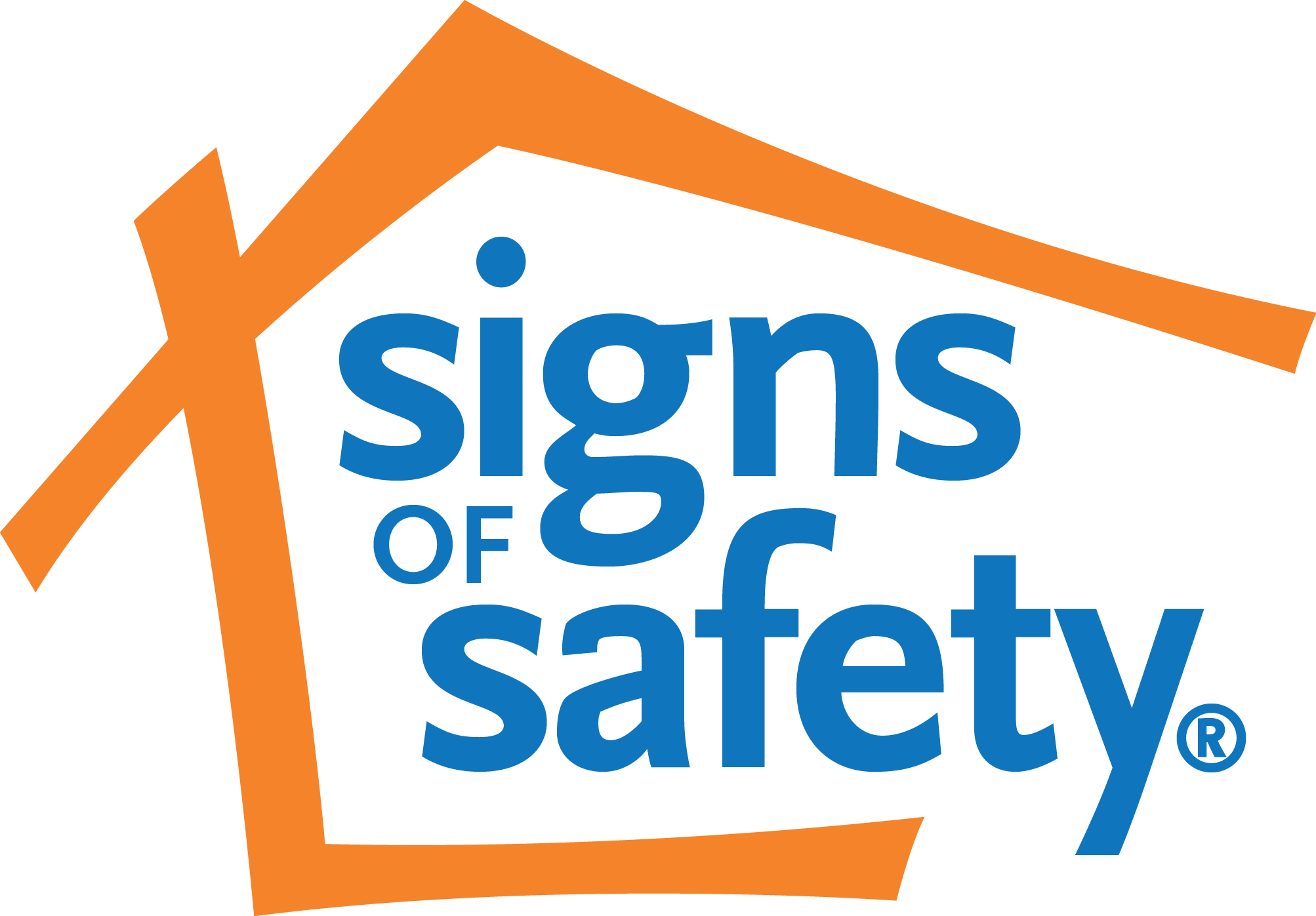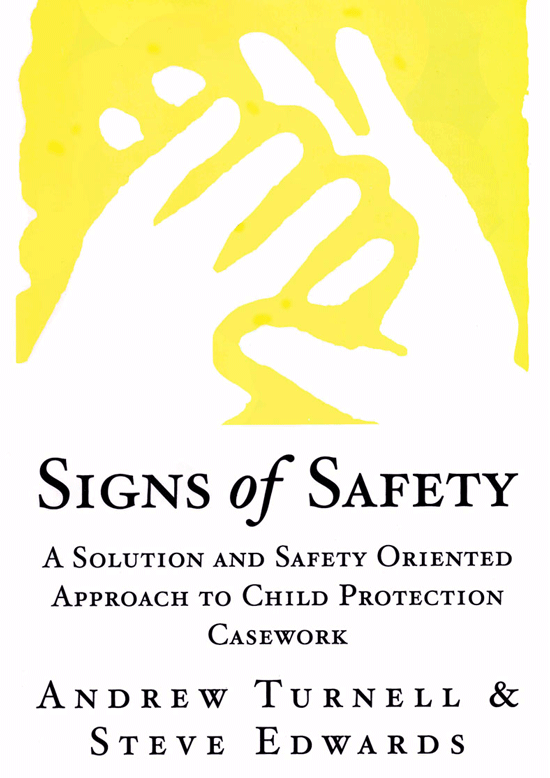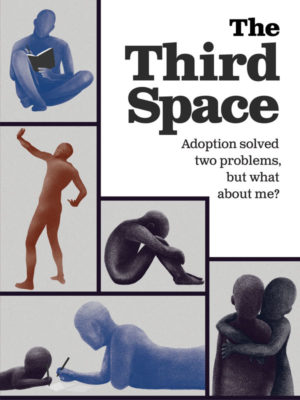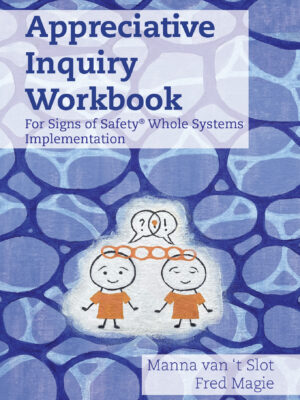Description
This book is no longer sold through this website but is still readily available via the following outlets:
- Available in English from Wiley.com | Paperback copy: CLICK HERE
Review:
Signs of Safety A Solution and Safety Oriented Approach to Child Protection Casework
by Andrew Turnell and Steve Edwards
W.W. Norton and Company, 1999
Review by Daniel L. Buccino, May 18th 2000
The world-weary child protective worker’s black humour goes something like this: “What’s the difference between a pit-bull and a social worker? Sometimes you can get the pit-bull to let go of your kid.”
With these sobering thoughts in mind, Andrew Turnell and Steve Edwards have produced a timely and exceedingly useful book which will be of interest primarily to child welfare case-workers and administrators, but also to those professionals with an interest in Solution-Focused therapy, and possibly even to participants who have become entangled in the child protection system. Signs of Safety offers not only empowering and hopeful strategies for protecting children while preserving families wherever possible, but also offers one of the most rigorously accountable and empirically replicable models to evaluate not just risk but also safety.
The courts and child welfare agencies are increasingly well able to make risk assessments and err on the side of caution to preclude any headline-making tragedies of child maltreatment. Yet it still remains difficult for even the most well-meaning child safety and family preservation professionals to work with statutory agencies to determine whether a situation is in fact safe enough to maintain a child in, or what exactly needs to happen to make a circumstance safer for everyone, especially for a child who may be returned. Danger has become easier to evaluate these days than it is to describe what “more safe” would look like. Signs of Safety offers a practical approach to beginning to spell out specifically who will be doing what in and outside of the family to ensure children’s safety.
Signs of Safety also stakes a rather progressive clinical position in its appeal for “aspiring to partnership” between clinicians and families. Often, child abuse and neglect elicits strong antipathy from even the most experienced professionals, yet Turnell and Edwards offer helpful strategies for creating alliances with families and utilizing as many of their own strategies for protecting their own children. This does not, of course, absolve families of demonstrating their accountability to statutory agencies and authorities in meeting any mandated safety or treatment standards. Signs of Safety merely offers an opportunity to consider ways to “cooperate with the person (or family), not the abuse,” “recognize that all families have signs of safety,” and that “cooperation is possible even where coercion is required.” Even the most dysfunctional and abusive families can be led into a goal-setting and outcome-oriented conversation about their preferred view of themselves, generally one of self-respect, dignity, and pride, which stands against the experts’ view of pathology and deficiency.
Utilizing many relevant, real-life interview transcriptions, Signs of Safety provides a sound review of Solution-Oriented therapeutic interventions yet pushes the model beyond school-ist, formulaic applications. The book aims to utilize the basic assumptions of Solution-Oriented Therapy which aim to elicit, amplify, and reinforce competency, capability, cooperation, collaboration, and motivation for change. In so doing Signs of Safety is consistent with the exciting contemporary research on Positive Psychology by Martin Seligman and others which reminds us that the best psychological prevention, in the long-run, is to find ways to amplify competence and efficacy in individuals and families, and connect them with larger community networks, rather than simply working in the traditional medical-model style of repairing that which is broken or otherwise defective.
Turnell and Edwards are ahead of the curve then in proposing a treatment model which is collaborative yet accountable, outcome-informed and patient-anchored, empirically quantifiable yet open to multiple theoretical iterations, and which, in building on family strengths, can serve as a preventative approach as well as a reparative one.
Though Turnell and Edwards have produced an unprecedented and useful book, which should soon become standard operating procedure for all child welfare workers, they would be the first to admit that not all families can be preserved. There are instances where motivation for change is so minimal and families remain so potentially dangerous that children must be removed permanently. As our opening joke about the social worker and the pit bull reminds us, child protection workers must look for ways to let go of children in timely ways, whether to reunification or to adoption. Signs of Safety provides the clearest mechanism in the literature to date to make such decisions. Signs of Safety is not a simple-minded, Pollyanna-ish approach to child protective work. It demands accountability from participating professionals and families, but if there is to be any hope for some of our most vulnerable children and families, we can look to Turnell and Edwards for ways to find what’s strong with them, not just what’s wrong.
Daniel L. Buccino is Co-Founder and Co-Director of The Baltimore-Washington Brief Therapy Institute, a national training and consulting group in accountable, outcome-oriented psychotherapy.



